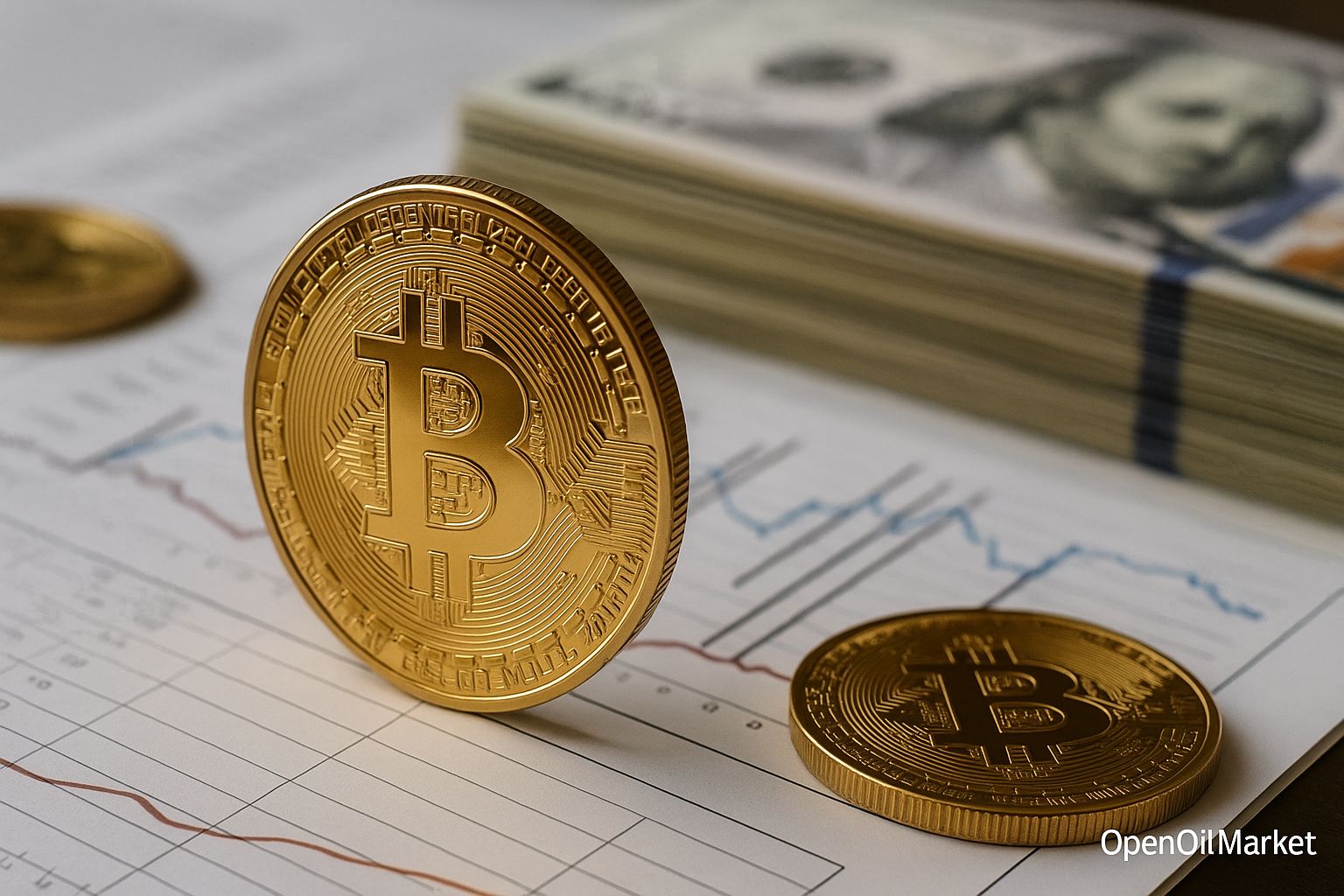What Factors Influence the Central Bank's Key Rate?
The key rate of the Central Bank (CB) is a vital tool of monetary policy, used to regulate a country's economy. Changes in the key rate can slow inflation, stimulate economic growth, or even impact the national currency exchange rate. But what prompts the Central Bank to raise or lower this rate? Let's explore the main factors that influence the Central Bank's key rate.
1. Inflation Level
Inflation is the primary indicator that the Central Bank focuses on when setting the key rate. It reflects the increase in prices of goods and services in the economy. When inflation becomes too high, the Central Bank may raise rates to limit credit access, reduce consumer demand, and slow down price growth. Conversely, if inflation is low and prices are rising slowly, the Central Bank may lower the rate to stimulate economic activity and increase demand.
2. Economic Growth and GDP
The rate of economic growth and Gross Domestic Product (GDP) are also crucial factors. During periods of economic expansion, the Central Bank may increase the key rate to prevent the economy from "overheating" and stabilize inflation. In times of recession or crisis, the Central Bank may lower the rate to support economic growth, make credit more accessible for businesses, and encourage investment.
3. Unemployment Rate
The labor market situation and unemployment levels are important factors for monetary policy. High unemployment often signals economic weakness. In such cases, the Central Bank may lower the key rate to make credit more accessible for businesses, support their development, and, consequently, create new jobs. Conversely, low unemployment may prompt the Central Bank to raise rates to avoid inflationary pressure.
4. Fluctuations in the National Currency Exchange Rate
The Central Bank closely monitors the national currency exchange rate, as it affects imports, exports, and the overall economic balance of the country. A weakened national currency can lead to higher prices for imported goods, which accelerates inflation. In such instances, the Central Bank may raise rates to strengthen the currency, make it more attractive for investors, and stabilize prices. With a strong currency, the Central Bank may lower rates to support exports and domestic production.
5. Global Market Conditions
The Central Bank also considers the situation on global financial markets. Global economic crises, instability in stock markets, and sharp fluctuations in prices of oil, gold, or other commodities can compel the Central Bank to adjust the key rate. For instance, during a global crisis, lowering the rate can support the national economy, while during periods of external stability and growth, the Central Bank may raise rates to contain inflation and stabilize the domestic market.
6. Actions of Other Central Banks
The actions of the largest central banks in the world, such as the US Federal Reserve and the European Central Bank, can also influence the decisions of the Central Bank. For example, if the Federal Reserve raises interest rates, the Central Bank of Russia may follow suit to support the ruble's exchange rate and prevent capital outflows from the country. Conversely, if the Federal Reserve lowers rates, the Central Bank may take a similar step to support the competitiveness of the domestic economy.
7. Expectations and Forecasts
The Central Bank often bases its decisions on economic forecasts, assessing potential risks and prospects. Forecasts regarding inflation, economic growth, employment, and other indicators help the Central Bank make rate decisions aimed at achieving future stability. For example, if inflation growth is anticipated, the Central Bank may preemptively increase the rate to prevent excessive price growth.
8. Consumer Activity and Business Confidence
Consumer and business behaviors are essential indicators for the Central Bank. If consumer activity declines and companies reduce spending, it can lead to decreased demand and economic slowdown. In these situations, the Central Bank may lower the rate to make credit more accessible and encourage consumption. Conversely, if consumption and business confidence increase, the Central Bank may raise rates to avoid overheating the economy.
The key rate of the Central Bank is influenced by numerous factors that reflect both internal and external conditions. The Central Bank carefully monitors inflation, economic growth, labor market situations, currency fluctuations, and the global economy. Understanding these factors allows for a more informed perspective on the Central Bank's actions and how its decisions can impact our lives—from interest rates on loans to the prices of goods and services.




